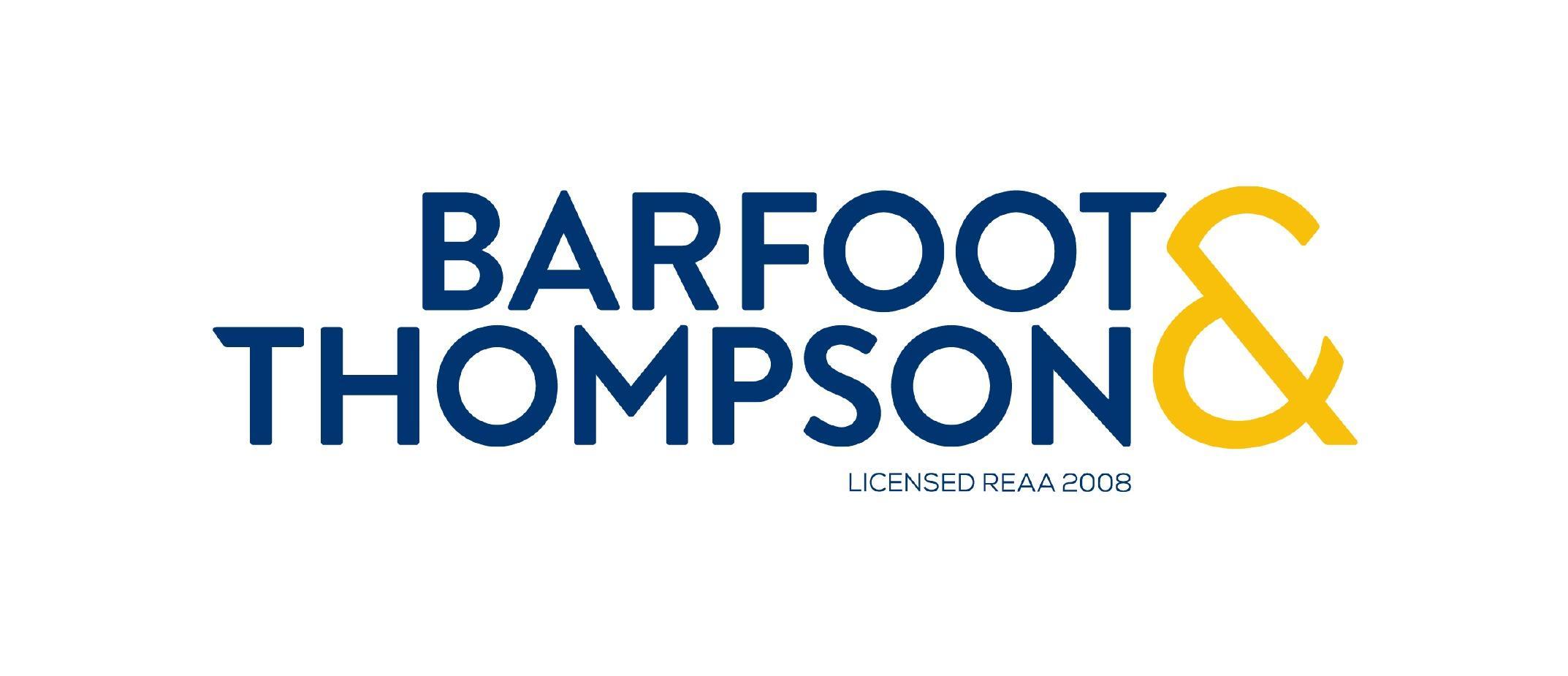This week’s Tribunal case digest relates to Simpson, Alan Geraint vs K & S Ballantyne Family Trust, JR Kerr Family Trust and other parties.
The way the adjudicator sets out the order serves as a lesson for landlords on presenting and asserting your claim at the Tribunal.
As our commentary largely relates to process (rather than the application of the Residential Tenancies Act), I will leave you to read about the facts
of the case here. At the outset, it suffices to point
out that the case concerns claims and counterclaims relating to carpet cleaning, breach of quiet enjoyment, and damage to motor vehicle. Though
the outcome (*spoiler alert*) is wholly unsatisfying for both parties, the adjudicator takes the opportunity to explain the process of making a successful
claim thoroughly.
Let’s consider the adjudicator’s words and break down the different elements needed for a successful claim at the Tenancy Tribunal.
1. Threshold of proof
There are two elements to a successful claim:
- The burden/onus of proof: Which rests on the claimant (e.g. that would be you if you bring a claim for rent arrears against your tenant
to the Tribunal); and
- The standard of proof: Which in the case of Tribunal cases refer to the civil standard of proof that is on balance of probability
(i.e. answering the question Is it more likely than not that the alleged events happened?)
To borrow the language of Adjudicator Ward in Simpson, “(You must) by evidence(,) meet or exceed the threshold of proof” in order for your claim
to be successful.
The burden of proof is easy enough. If you are the one asserting a claim, then it falls on you to furnish evidence to support that claim.
Adjudicator Ward’s commentary on the standard of proof is slightly more nuanced. While it has always been the case that the standard of proof at
the Tenancy Tribunal is that of a civil standard, the more serious the allegation the higher more cogent level of evidence is required to meet the
standard. In Simpson, the tenant alleges assault. While not sidelining the assault claim as a criminal matter, Adjudicator Ward
is prepared to listen to the claim so long as the tenant discharges the higher standard of proof.
2. The credibility of evidence
Tenancy adjudicators are often faced with conflicting accounts of what actually happened (especially in claim-counterclaim hearings). When that happens,
there will be a necessary examination of the credibility/quality of evidence from both sides.
Credibility speaks to the trustworthiness of the parties’ accounts which is less to do with presentation demeanour and confidence and more to do with these
three essential requirements:
- That the adjudicator intellectually and intuitively judges the testimony to be trustworthy;
- The evidence must be reasonable with no probable defects such as inconsistency or improbability;
- The evidence must be consistent and supported by other acceptable evidence.
The outcome of Simpson rests on the fact that neither party put forward credible evidence to support their claims and thus the threshold of proof
remains out of reach of the adjudicator to award in anyone’s favour.
3. Other observations and learnings from Simpson
Apart from mapping out the elements of the threshold of proof we are all under as claimants to the Tenancy Tribunal, note the following:
- On exit carpet cleaning: Tenancy agreement clauses that require tenants to commercially clean the carpets are unenforceable. The
Residential Tenancies Act requires tenants to leave properties reasonably clean and tidy not “pristine or even to a standard that the
landlord could re-let immediately”. You cannot require your tenant to do that which is more than what is required by the RTA; - On verbal agreement/variations: If you verbally agree to vary an existing Tenancy Agreement and wish to submit the varied agreement
as evidence at the Tribunal then the onus is on you to prove that such a variation took place; - On assault/breach of quiet enjoyment: “It is important not to allow a simple clash of personalities to become the sole basis for a
claim for breach of this type. To establish abuse or threatening behaviour the tenants must prove more than lively and colourful debate.”
and presentation.













Add Comment